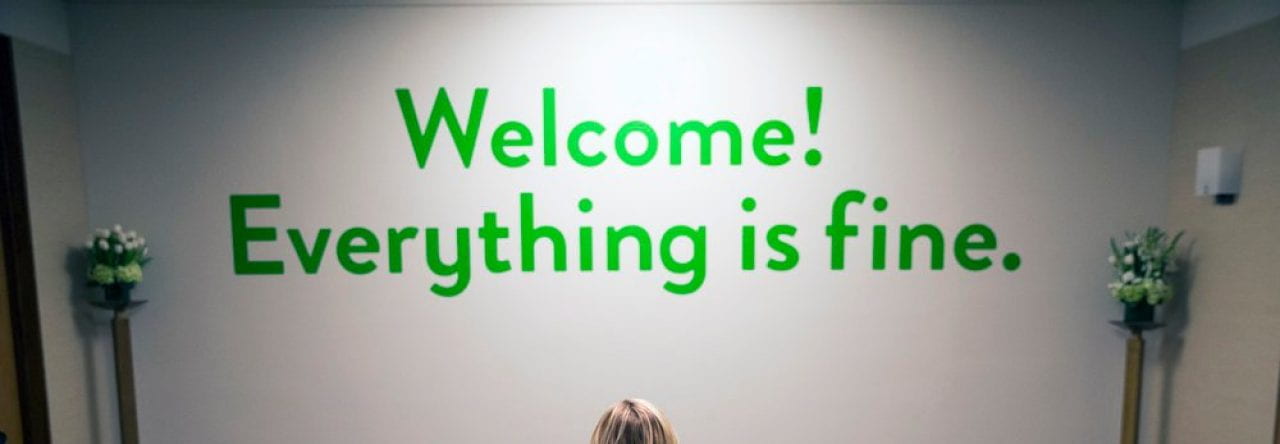Our research question is: How has gender representation evolved in children’s and adolescents’ TV from the 1950s to the 2010s? Our background research allowed us to integrate the different components of this question into one particular topic. In the process of reading the already-existing literature, we found research on how gender representation has evolved in TV and TV commercials across several decades, the most common ones being the 1950s, 1970s, 1990s, and 2000s/2010s. We found research on the current state of gender representation in children’s TV and associated TV commercials, and how this is relevant not just to the development of children but, more broadly, to society.
After compiling all our sources, two major groups of research emerged: one evaluated gender representation by the variable of generational change, and the second evaluated gender representation specifically in terms of children’s TV. Our research question, then, aims to fill the field’s gap of changes in gender representation in terms of both generational change and children’s TV. Put simply, our research aims to bridge together the two distinct topics from our background research.
This is important because of how television influences children. Children are at a stage of development where their personalities and values are more malleable than adults; our background research found that children that watch TV tend to follow the lead of what’s portrayed, which influences today’s policies. For example, children who view LGBT couples as normal in television may view them as normal in their daily life as they grow older. By analyzing the changes in gender representation throughout time, we can gauge not only the roles portrayed in prior years but also potential future norms created from today’s children.
As for how we will be conducting research on this question, we will watch several TV shows, each being from one of the aforementioned decades. To fit the qualifier of “children’s TV,” the shows we select will all either be primetime TV shows or TV shows specifically marketed toward children ages 0-18, since our research examined several different age groups that we will combine into one. Our first method will be looking at the cast list for all episodes of each show to determine the overall representation of male and female characters. Our second method will be watching several episodes, selected based on the episode’s synopsis and cast, from each series and identifying the presence or absence of portrayed behaviors and trends. This checklist will be made based on the methods used in the sources from our, and potentially other groups’, background research. After collecting this data, we will then perform statistical tests to determine whether the differences in gender representation, if any, are significant.
Each of us will focus on one or two television shows that demonstrates this change, and we will run statistical analyses on our results and compare what we have seen.




